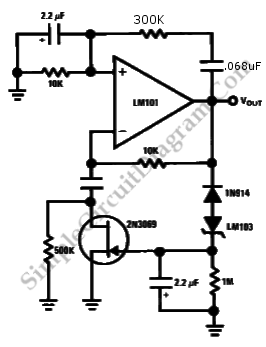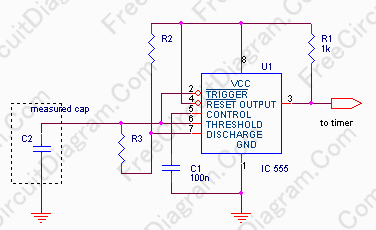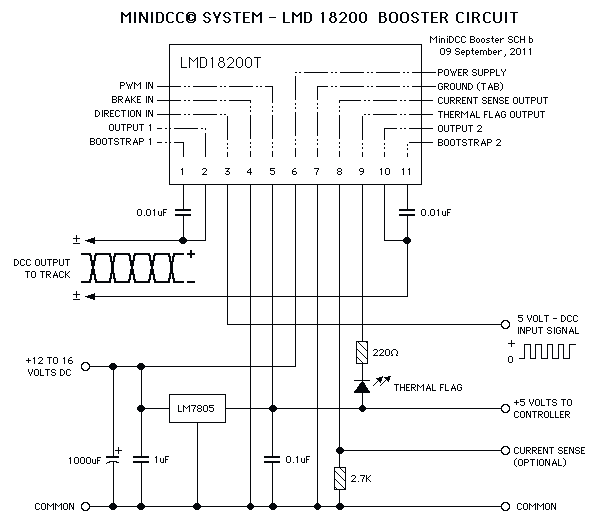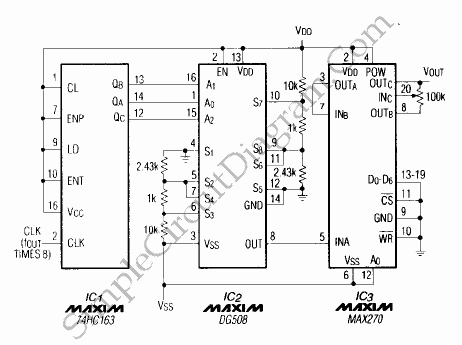
Wien Bridge Sine Wave Oscillator

Achieving the appropriate amplifier loop gain is a significant challenge in generating a low distortion, constant amplitude sine wave. Nevertheless, this issue can be addressed with...
Amplifier loop gain is a critical parameter in the design of audio and signal processing systems. It directly influences the fidelity of the output signal, particularly in applications requiring precise waveform reproduction, such as sine wave generation. The challenge arises from the need to balance gain with stability; excessive gain can lead to distortion, while insufficient gain may result in an inadequate output level.
To produce a low distortion constant amplitude sine wave, it is essential to implement feedback mechanisms within the amplifier circuit. Negative feedback can be employed to stabilize the gain and minimize distortion. This involves routing a portion of the output signal back to the input in a manner that counteracts any deviations from the desired output. The feedback loop can be designed using operational amplifiers, which provide high input impedance and low output impedance, making them ideal for this purpose.
Additionally, the selection of components plays a crucial role in the performance of the amplifier circuit. High-quality resistors and capacitors with low tolerance levels should be used to ensure precision in the feedback network. Moreover, the bandwidth of the amplifier must be considered to ensure that it can handle the frequency range of the sine wave without introducing phase shifts that could lead to further distortion.
The use of simulation tools can aid in optimizing the loop gain and feedback configuration. By modeling the amplifier circuit, engineers can analyze the frequency response and distortion characteristics, allowing for adjustments to be made before physical implementation. This iterative process can significantly enhance the overall performance of the sine wave generator.
In conclusion, while achieving the right amplifier loop gain is a complex task, employing negative feedback, selecting high-quality components, and utilizing simulation tools can effectively mitigate distortion and ensure the generation of a constant amplitude sine wave.Getting the right amplifier loop gain is the major problem in producing a low distortion constant amplitude sine wave. However, we can solve this problem with.. 🔗 External reference
Amplifier loop gain is a critical parameter in the design of audio and signal processing systems. It directly influences the fidelity of the output signal, particularly in applications requiring precise waveform reproduction, such as sine wave generation. The challenge arises from the need to balance gain with stability; excessive gain can lead to distortion, while insufficient gain may result in an inadequate output level.
To produce a low distortion constant amplitude sine wave, it is essential to implement feedback mechanisms within the amplifier circuit. Negative feedback can be employed to stabilize the gain and minimize distortion. This involves routing a portion of the output signal back to the input in a manner that counteracts any deviations from the desired output. The feedback loop can be designed using operational amplifiers, which provide high input impedance and low output impedance, making them ideal for this purpose.
Additionally, the selection of components plays a crucial role in the performance of the amplifier circuit. High-quality resistors and capacitors with low tolerance levels should be used to ensure precision in the feedback network. Moreover, the bandwidth of the amplifier must be considered to ensure that it can handle the frequency range of the sine wave without introducing phase shifts that could lead to further distortion.
The use of simulation tools can aid in optimizing the loop gain and feedback configuration. By modeling the amplifier circuit, engineers can analyze the frequency response and distortion characteristics, allowing for adjustments to be made before physical implementation. This iterative process can significantly enhance the overall performance of the sine wave generator.
In conclusion, while achieving the right amplifier loop gain is a complex task, employing negative feedback, selecting high-quality components, and utilizing simulation tools can effectively mitigate distortion and ensure the generation of a constant amplitude sine wave.Getting the right amplifier loop gain is the major problem in producing a low distortion constant amplitude sine wave. However, we can solve this problem with.. 🔗 External reference





